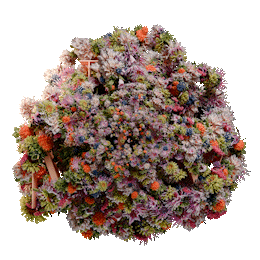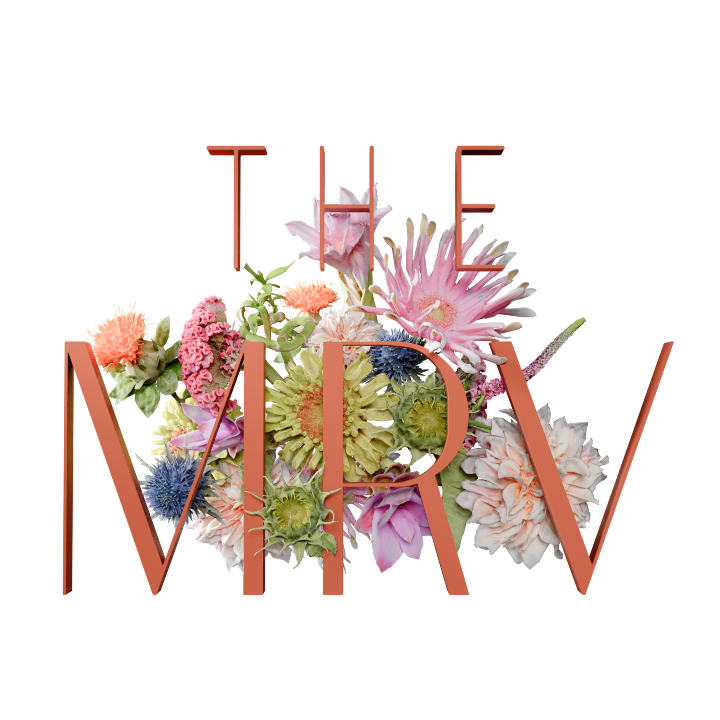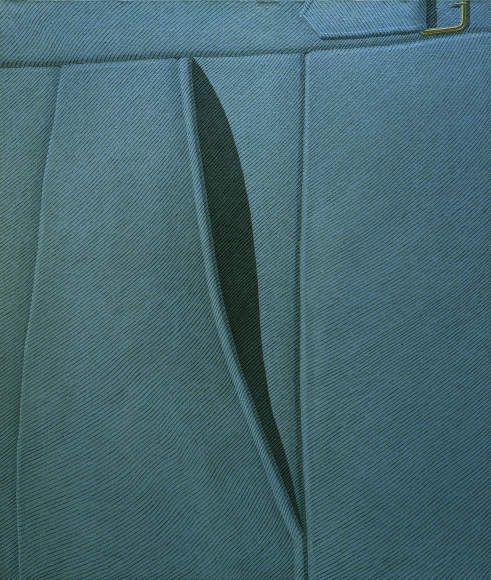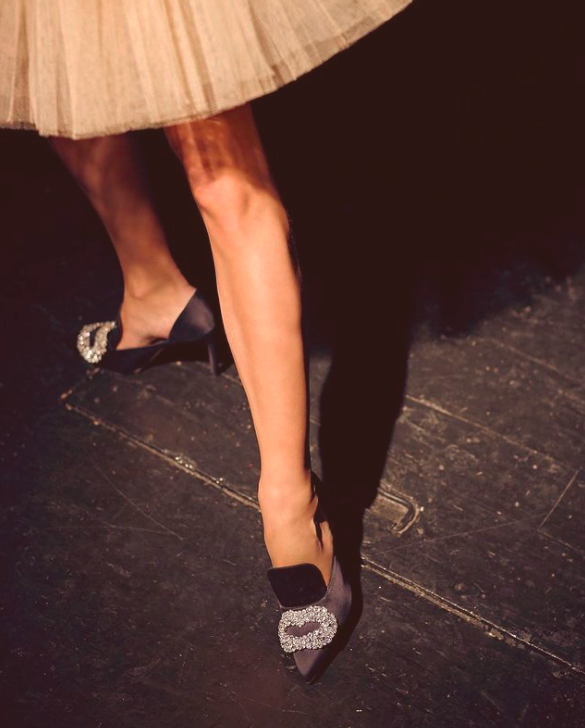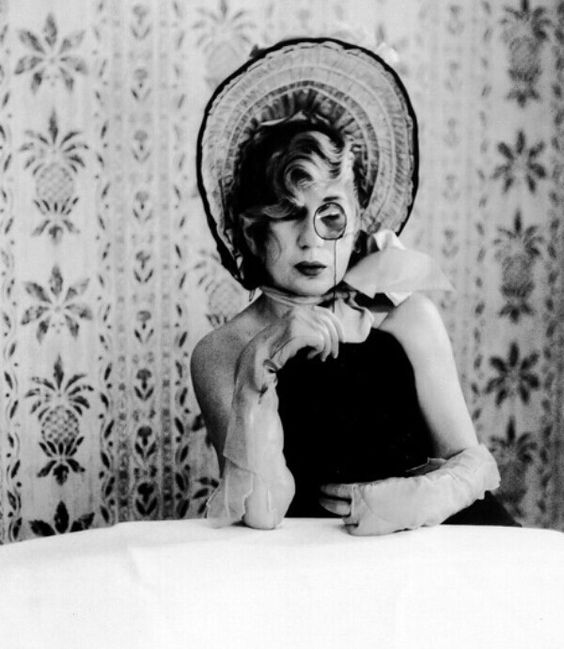
ANNA PIAGGI AND HER DP
THE SHAPE OF FASHION THINKING
Anna Piaggi and her DP
marCH 2024 - TOUCH
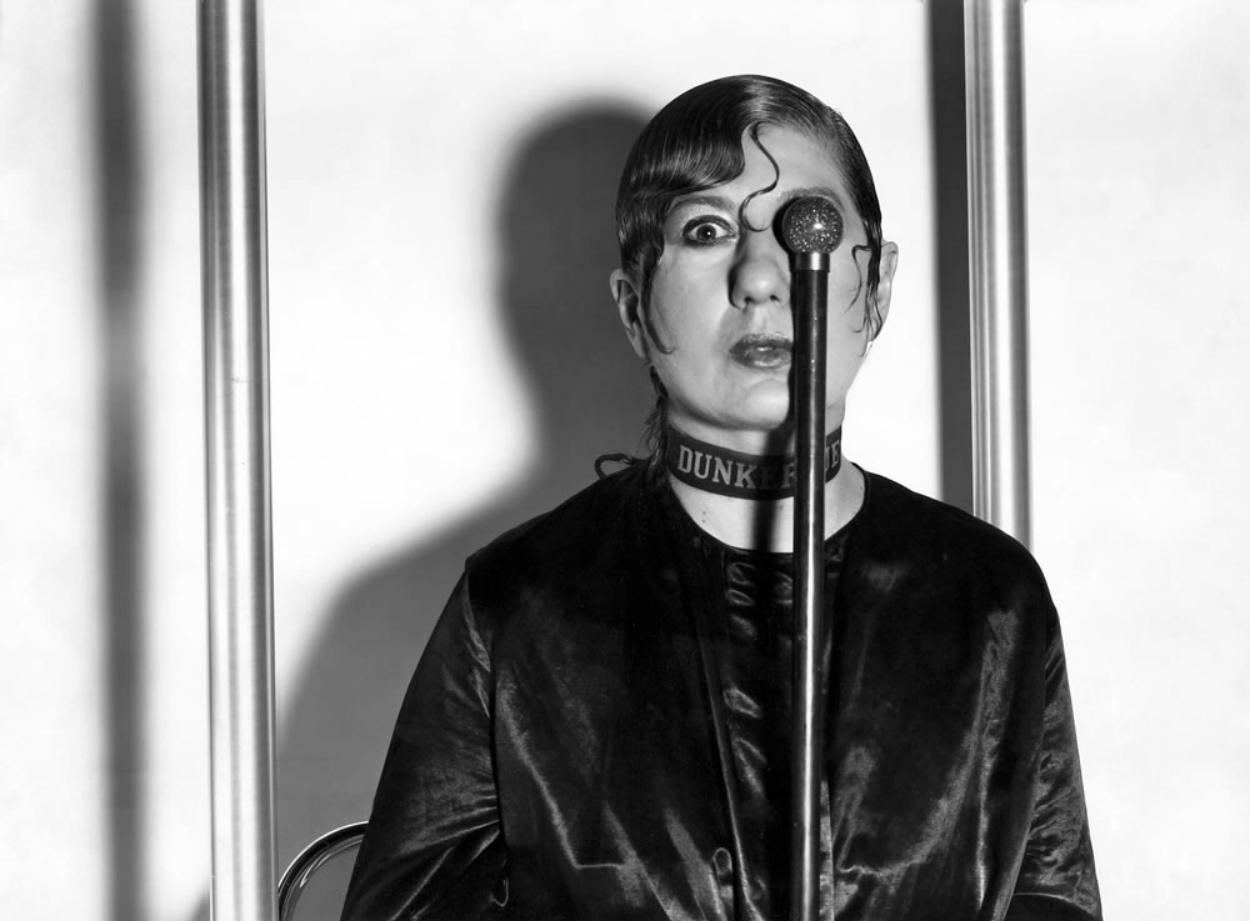
"Anna was a secretary in Rho and dressed in Burberry raincoats! One day on a bus, I saw a hand with green nails grabbing my arm. I turned around and saw a completely transformed Anna."
Ugo Dinelli
When someone asks me how the relais of the immoderate passion for fashion was triggered in me, the friendship with two very different journalists runs to my mind and heart: the first is Camilla Cederna, an unattainable pioneer of a kind of costume expert, full of intelligence and irony and author of sensational neologisms, the other – very different – is Anna Piaggi, the only true “fashion expert” that Italian journalism has known.
Special visionary, forward-looking, brilliant, ironic, creative and above all a great protagonist of twentieth-century fashion, Anna has created a unique and inimitable style of being and writing about fashion that soon made her an icon in the world of stylists, designers and fashion experts in the world. That’s why when it came to thinking about the preface to my book “I mass-moda” in 1978, I didn’t have a moment’s hesitation in asking her, who obviously wrote a truly extraordinary one.
But who was Anna? Let’s start from the character: fashion made her feel frivolous and joyful, she was always in a good mood, endowed as she was with a sense of humor a little British mixed with an all-French coquetterie. Anna was also an extraordinary, special combination of boldness, intuition, professionalism, strategy and projection of the new that was perfectly reflected in the way she presented herself aesthetically.
When and how he became a character is told by Dinelli, a fashion photographer active in the 60s. “Anna was a secretary in Rho and dressed in Burberry raincoats! One day on a bus, I saw a hand with green nails grabbing my arm. I turned around and saw a completely transformed Anna: she had met Alfa Castaldi (a well-known fashion photographer), they had fallen in love and married in New York. And it was Alfa who bought her a fake Cardin as a wedding present.”
Thanks to Castaldi, who had an encyclopedic culture, Anna’s style changed and so did her language. The second fundamental turning point in his life was the meeting with Vern Lambert, whom he met in London in 1967. He sold clothes at Chelsea Market, dressed stars like the Beatles and Jimi Hendrix, drove around in Rolls Royces and gave Anna the push to learn how to mix ethnic style with Balenciaga or Schiaparelli. Nor can we ignore the “great love” – very reciprocated – that Anna had for the Kaiser of fashion Karl Lagaerfeld who, in the preface of his wonderful book dedicated to the journalist (“Anna cronique”) writes: “Anna invents fashion, in dressing she automatically does what we designers will do tomorrow”.
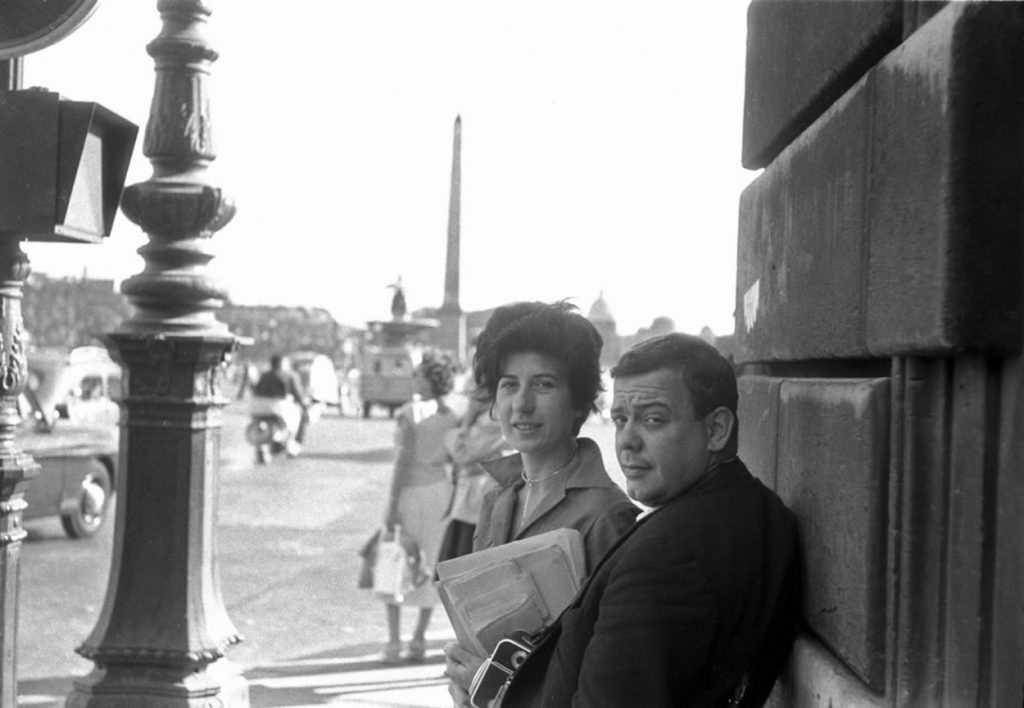
At that time, everyone passed through Anna and Alfa’s house: from the Italian star of the moment Walter Albini to Paloma Picasso and Ken Scott… And in Alfa’s studio covered in tin foil like Andy Warhol’s factory, I also met Antonio Lopez, the legendary illustrator. What an incredible time! I grew up like this and I owe a lot of what I know to them!
This long description of the character is essential to talk about how Anna Piaggi was the creator of a genre of visionary writing that certainly represented an inimitable and unprecedented way of telling the fashion, from the key years from 1970 to the new century.
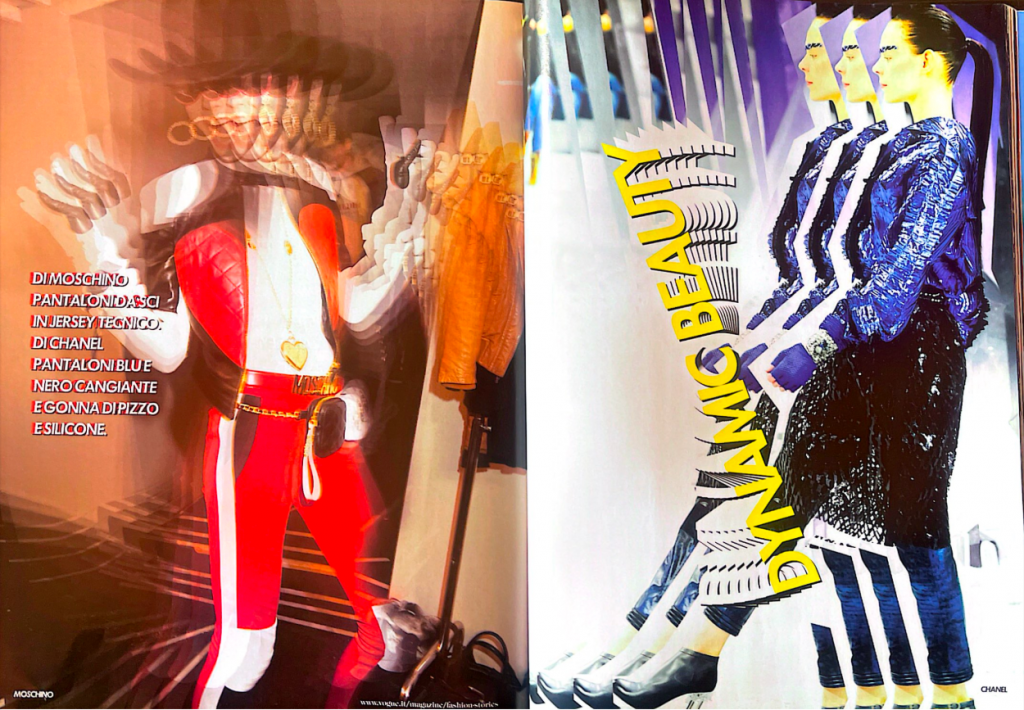
In her famous D.P (Double Pages) on Vogue Italia and Vanity Fashion, Anna literally upset the canons of the language of fashion by inventing both a new alphabet and a new way of writing that Anna called “algebra”, very connected with illustration. She coined new words, torturing and chopping them to bend them to her vision, and to her way of understanding aesthetics and graphics, and above all because Anna “saw them on the page” even before hearing and understanding them. In fact, Anna has always judged drawing as the sublimation of photography, since, in comparison, it had a good dose of surrealism in comparison. And even the supermodels of the time – from Donna Jordan to Jerry Hall – dressed and made up as if for a shooting, posed in the studio for Antonio Lopez or Leon Talley who took Polaroids and then created illustrations.
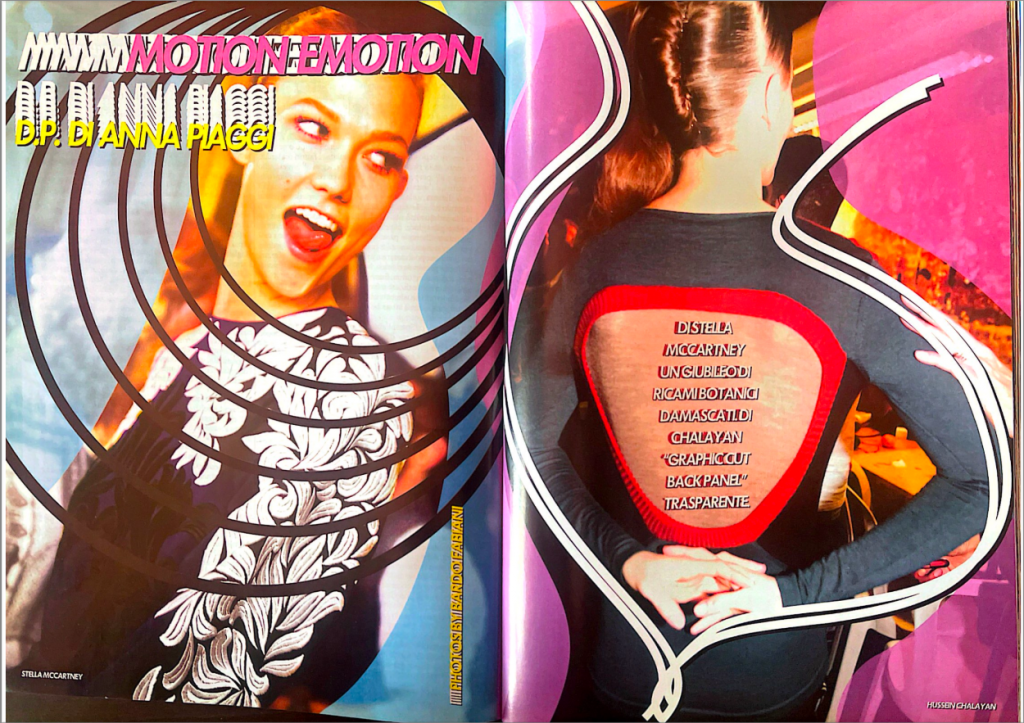
And his way of arriving at the titles of the D.P.’s was very fascinating: as a long, funny, hilarious phone call or chat in search of them, which lasted as long as a lunch, with friends, editorial colleagues and insiders. Then the invention, creating new words in who knows what idiom – obtained, for example, from an English word to which he added a Frenchizing or Latinizing ending bastardized by Italian… Et voilà, the result was surprising, unprecedented and brilliant. And the beauty of D.P was that they were pure fashion without any interference, be it advertising or pseudo-trend.
In any case and in every aspect of contemporary fashion, Anna Piaggi has left an indelible mark by anticipating, as an eccentric muse, the trends that a few decades later would have inspired everyone.
BY Adriana Mulassano
You may also read
THE UNIQUE DESIGN OF THE DETAILS
THE UNIQUE DESIGN OF THE DETAILS The Erotic Secret of Pockets APRIL 2024 – TOUCH Domenico Gnol
BALLERINAS ARE BORN
BALLERINAS ARE BORN Behind the tutu, gracefulness and determination FEBRUARY 2024 – Materie &#

